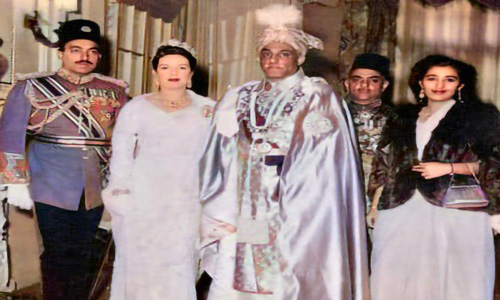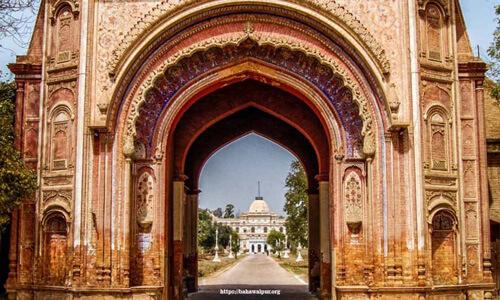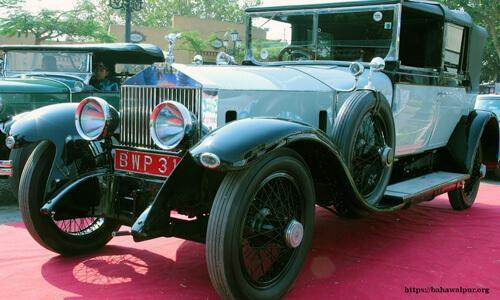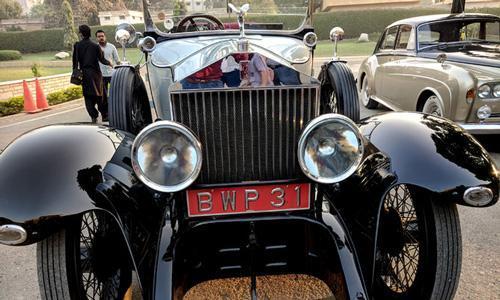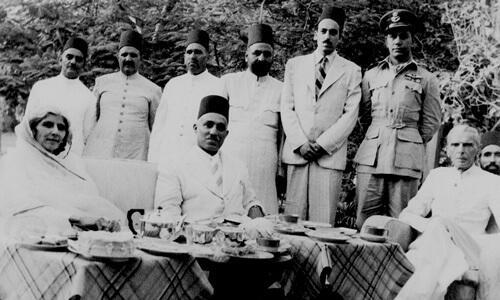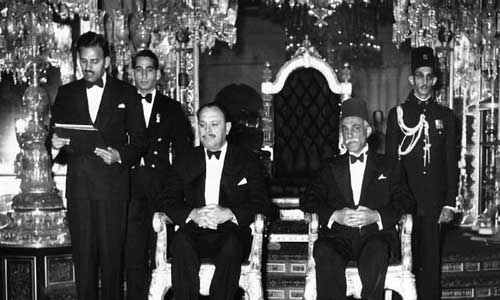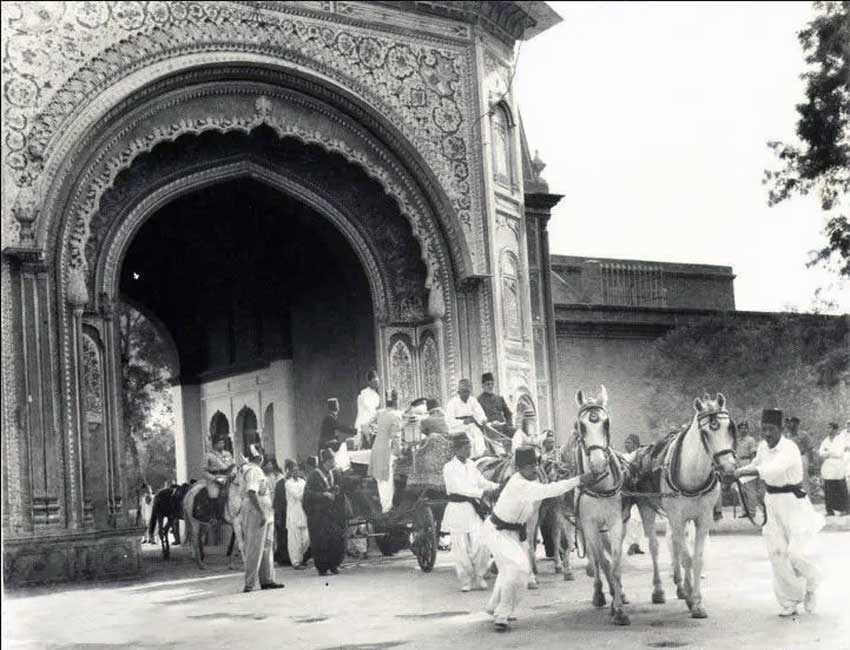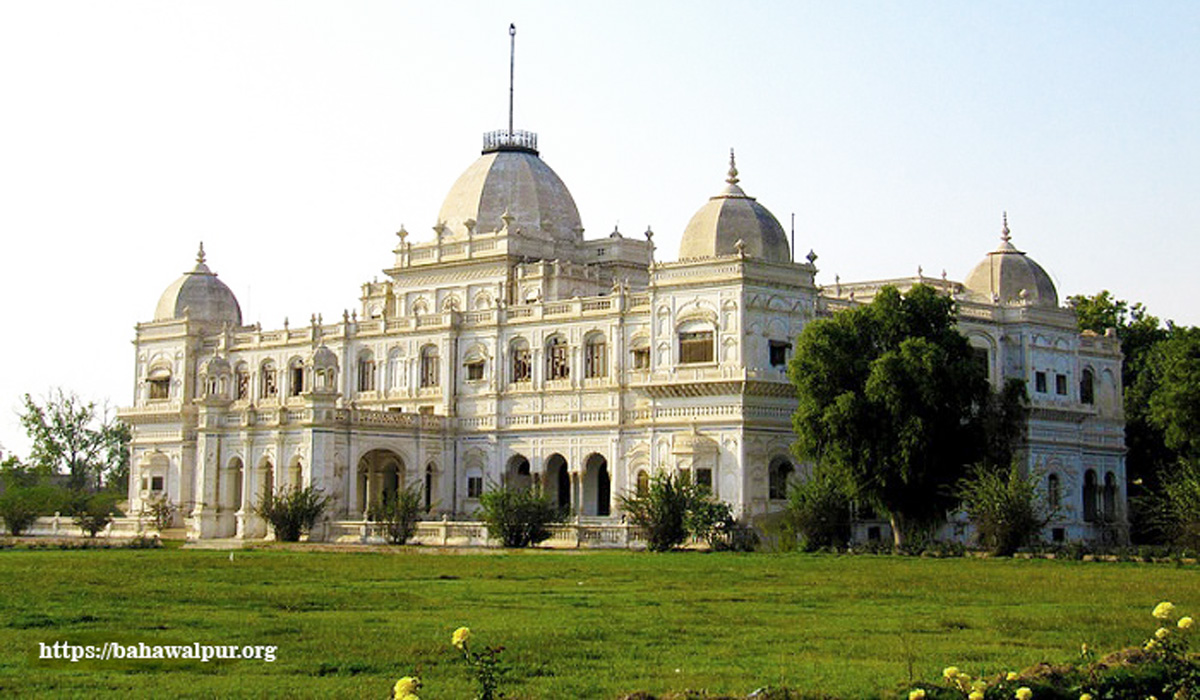Construction of Sadiq Garh Palace
When compared to the other palaces, Sadiq Garh Palace stands head and shoulders above the competition. This glorious Sadiq Garh Palace was constructed by His Majesty Nawab Sadiq Muhammad Khan Abbasi (IV) in 1882. Professional engineers oversaw the expenditure of fifteen million rupees on the building of this castle. The building process took more than a decade. Once construction of the Palace was complete, it was inaugurated in front of a royal court that was nothing short of spectacular. There is a large wall surrounding the Palace, and inside the wall are beautiful gardens full of exotic plants and brightly coloured flowers.
How many corners has Sadiq Garh Palace?
If you’re looking for a beautiful building, go no further than this one. Each of the Palace’s four corners is guarded by a bastion that looks like a soldier standing guard. A beautiful dome rises over the building’s core, and its radiance is enhanced by changing hues when night falls. The entire building is encircled by verandas, and there are natural-light illuminating cellars beneath the bastions.

The Central Senate is home to an impressive courtroom and elegant reception areas fit for dignitaries. Whether it’s the restroom, the living room, the closet, the bathroom, or the office, you’ll find nothing to complain about. Whether it’s the walls, the flooring, or the roofs, everything is well crafted. All of the fixtures and fittings are top-shelf examples of their kind. Everything in the rooms, from the chairs and tables to the beds and the giant mirrors and lamps, is a uniform colour. The beautiful drapes and high quality of the artwork only add to the room’s opulence.
Can you visit this Palace?
The answer is yes. The Darbar is an excellent place to go on vacation. In this huge room, directly behind the Kingly Plank, is a massive mirror. Once it reached Karachi via the sea route, it was placed into special trucks and taken to Bahawalpur, where legend has it that it enlarged the platforms at numerous railroad stations. The doorway of the Palace is complemented by a beautiful fountain. Beautiful animals and birds from all over the world are housed in the Palace’s zoo.
A museum is a perfect place to see birds and creatures that have been chemically mummified and preserved for the ages. It is a testament to the artistry of the cartographer that the Palace looks like it is set in a garden from every vantage point, even though the map shows a desert terrain just in front of it. The Palace is surrounded by gardens, although the desert can be seen just beyond the northern door. There’s a library in the castle, too, with some unique books on English, Urdu, Persian, and Arabic topics. Even the European and other styles of Bahawalpur’s palaces adhered to Islamic design principles by including bastions and domes.
How Many Rooms Does Sadiq Garh Palace Have?
One source claims there are 99 rooms in the palace, while another puts the number closer to 120. The palace, built in the 1800s, looked like it today. It turned out that every room featured a private bathroom with a deep soaking tub and a large walk-in closet. Not only is it a large royal palace, but it is also one of the largest in Bahawalpur. There are a total of three stories in the main palace building.
Sadiq Garh Palace was home to a lavish ballroom, a Turkish hall, elegant dining rooms, conference rooms, kitchens, a ladies’ harem, and—most importantly—a throne for the Nawab of Bahawalpur, which can be seen in the palace’s main hall to this day. The facade of Sadiq Garh Palace is crafted entirely of white marble and decorated with intricate sculptures. There is one big dome in the middle of the main structure. High-arched doorways and windows and two smaller domes decorate its flanks. A state administrative building and a mosque are also part of the palace complex. A theatre and fitness center are located in a separate structure. Others claim that the facility also housed a water filtration plant, an automotive repair shop, a small arms manufacturer, and an armory
Gold Plated Ceiling

Sadiq Garh Palace is still revered as a remarkable work of architecture nonetheless. This Bahawalpur landmark is a testament to skilled craftsmanship because it skillfully combines Eastern and Western aesthetics. Queen Victoria of England presented these magnificent chandeliers, which she had imported from England, with a gold ceiling and tall pillars trimmed in gold.
Since most of Bahawalpur’s palaces were constructed by Sir Sadiq Muhammad Khan (IV), he is arguably the city’s de facto monarch. His Highness took great pleasure in constructing new buildings. Hence many of Bahawalpur’s notable structures were put up under his watch. Additionally, His Highness awards the Sadiq Manzil, Mubarik Manzil, and Rahat Manzil.
Some liken the Bahawalpur royal house to stately English manors, but the nearby mosque, with its ornate minarets and domes, is a stunning example of South Asian design. The royal family held onto this magnificent palace for decades. There’s a huge parking garage where the Nawab of Bahawalpur kept his cars and two antique elevators. The vehicles were either kept by royal descendants or sold at auction. The Holy Kaaba’s (Ghilaf-e-Kaaba) coverings were also once exhibited in the royal court. Unfortunately, like the rest of Sadiq Garh Palace, these were taken by a relative or stolen.
Sadiq Garh Palace Memories
